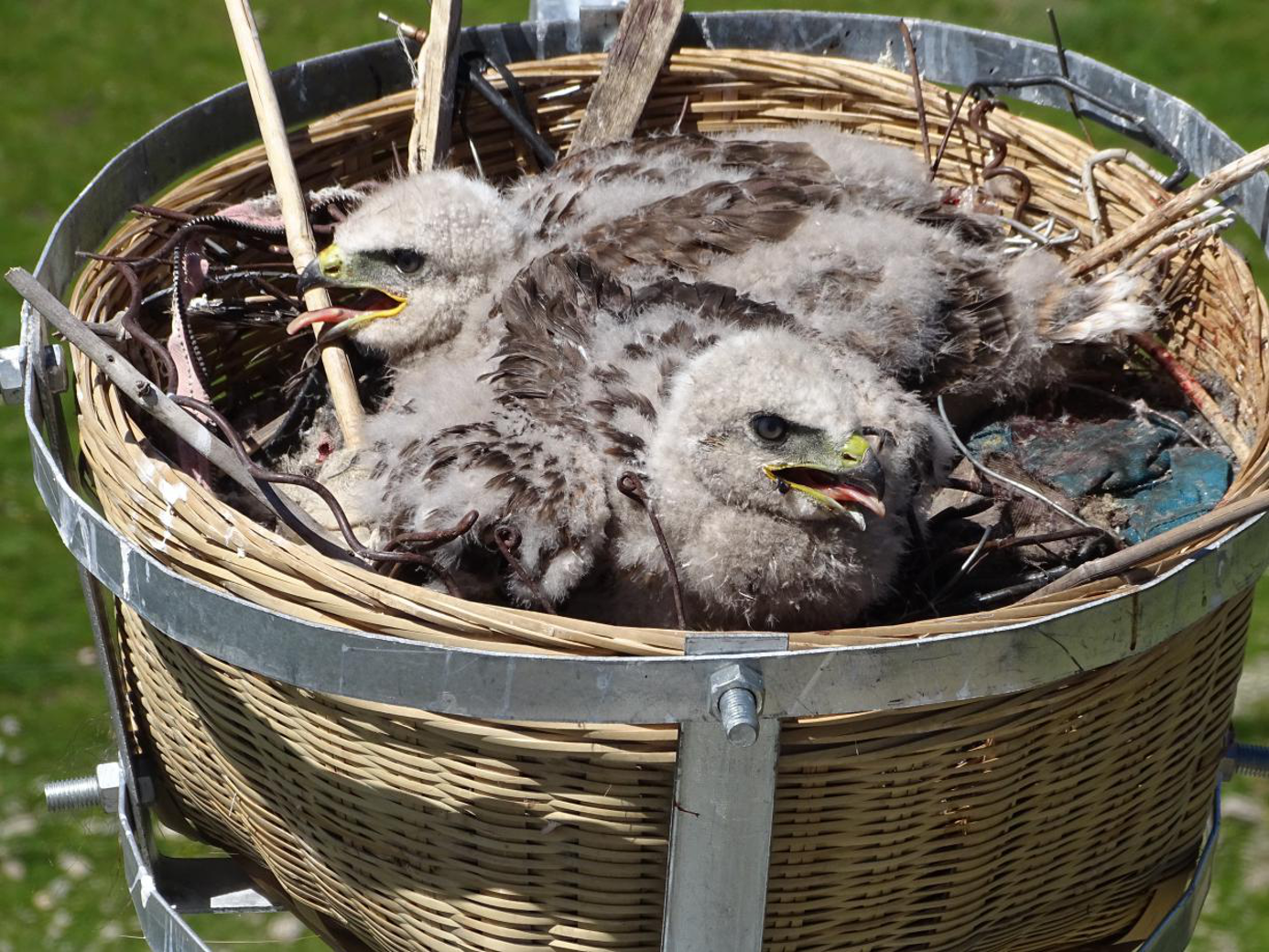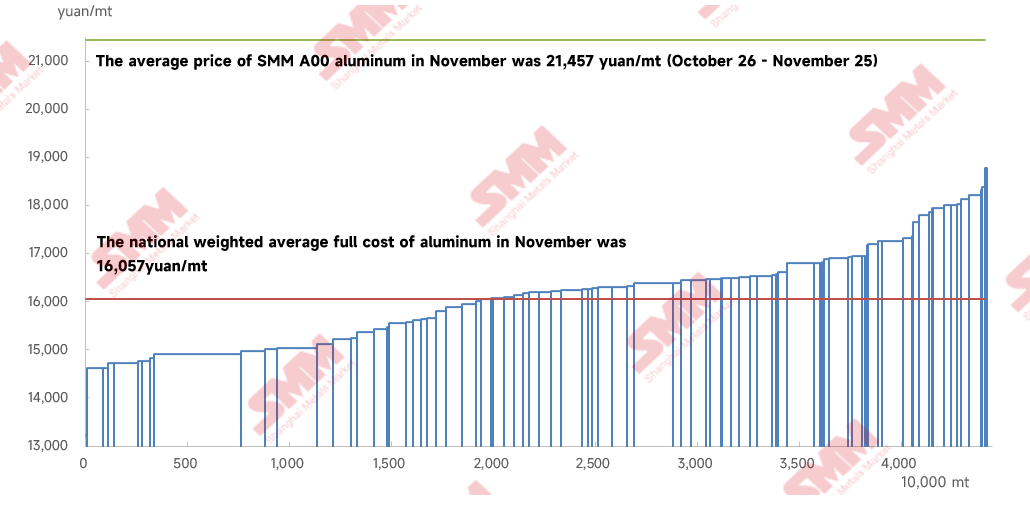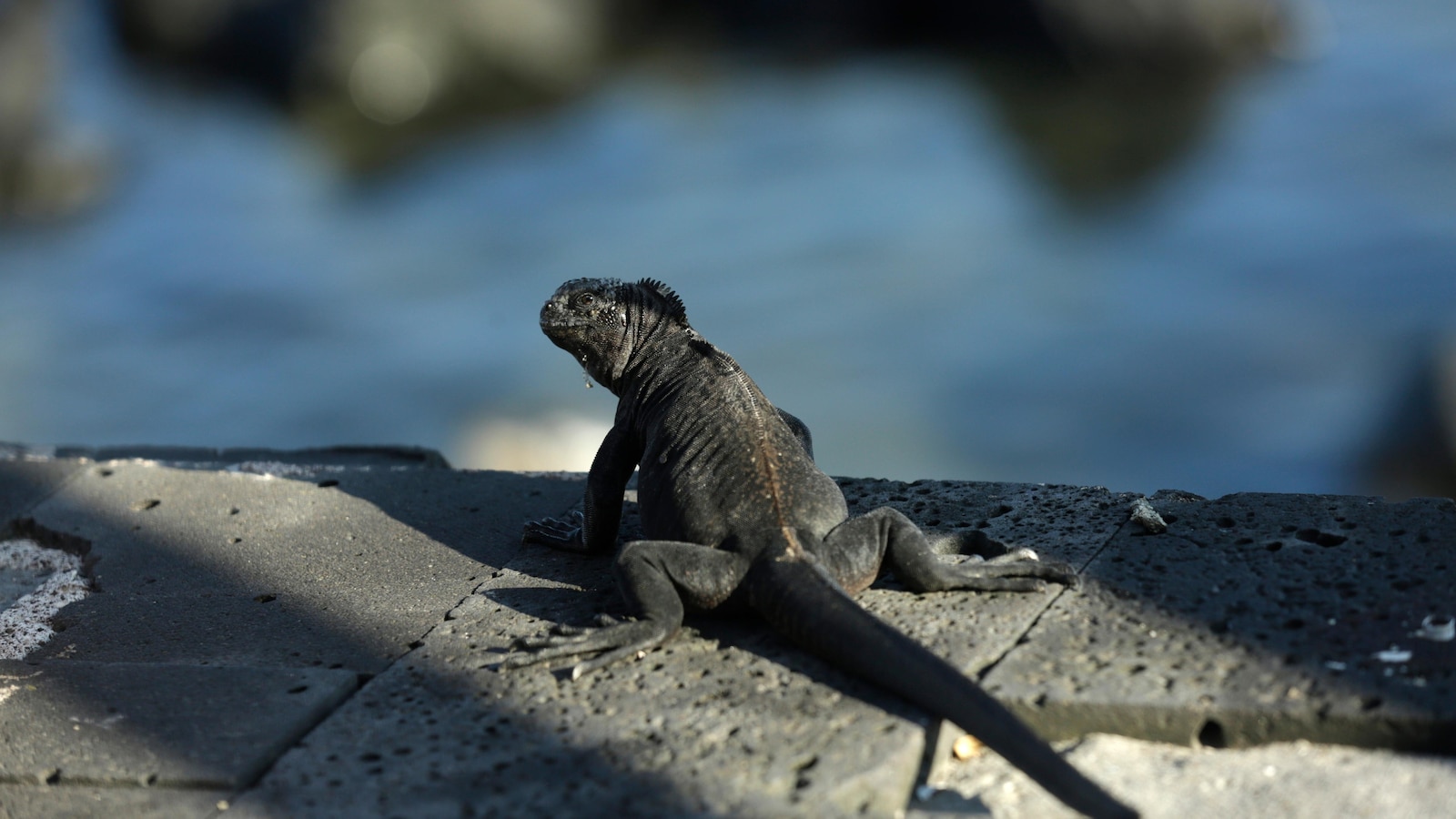Promoting Co-Benefit Actions for Positive Environmental and Social Impacts from Renewables – IUCN

Report on Integrating Renewable Energy with Sustainable Development Goals
Advancing a Multi-Goal Agenda
A collaborative analysis by financial institutions, NGOs, government, and industry has concluded that the global energy transition can concurrently advance multiple Sustainable Development Goals (SDGs). By integrating biodiversity protection and community engagement into project design and policy, renewable energy initiatives can deliver synergistic benefits for climate, nature, and people. This approach is critical for achieving SDG 7 (Affordable and Clean Energy) while making substantial contributions to SDG 14 (Life Below Water), SDG 15 (Life on Land), and SDG 17 (Partnerships for the Goals).
Case Studies: Aligning Energy Projects with the SDGs
Specific projects worldwide demonstrate the successful implementation of this integrated model:
- France: Solar Energy and Ecosystem Restoration (SDG 7, SDG 11, SDG 15)
- Solar projects are being designed to incorporate wetland restoration and eco-grazing.
- Citizen investment models are utilized to foster community partnership and local economic benefits.
- North Sea: Offshore Wind and Marine Conservation (SDG 7, SDG 14)
- Marine wind farm development is directly linked to long-term funding for marine conservation.
- The Ecowende project in the Netherlands aims to supply 3% of national electricity while actively enhancing North Sea biodiversity.
- Uzbekistan: Solar Development and Habitat Protection (SDG 7, SDG 15)
- Solar energy developers are implementing measures to protect native tortoise habitats.
- Partnerships with local herders are established to ensure sustainable grazing management.
- China: Photovoltaics and Land Restoration (SDG 2, SDG 7, SDG 15)
- Large-scale photovoltaic parks in Qinghai Province are contributing to the reversal of desertification.
- These projects simultaneously support the development of ecological animal husbandry, advancing food security goals.
Frameworks for Scaling SDG-Positive Energy Solutions
The expansion of these integrated approaches is being driven by targeted actions from key stakeholders, creating a framework for global replication that supports SDG 9 (Industry, Innovation, and Infrastructure) and SDG 17.
- Industry Innovation: Corporations such as TotalEnergies are scaling agro-photovoltaic models that combine renewable energy generation with sustainable farming, directly addressing SDG 2 and SDG 7.
- Policy and Finance: Institutions including the European Bank for Reconstruction and Development (EBRD) and the International Renewable Energy Agency (IRENA) have stressed the essential role of strong policy frameworks, financial incentives, and capacity building to ensure projects deliver both climate and biodiversity outcomes.
- Collaborative Governance: The development of ecological offshore wind farms, supported by advisory from bodies like IUCN, demonstrates a research-driven, collaborative approach that ensures energy infrastructure delivers measurable gains for biodiversity and local communities.
Sustainable Development Goals (SDGs) Addressed
The article addresses several SDGs by highlighting the integration of renewable energy projects with environmental protection and community involvement. The core issues discussed connect directly to goals concerning clean energy, biodiversity, and partnerships.
- SDG 7: Affordable and Clean Energy: The entire article is centered on renewable energy development, mentioning solar projects in France and Uzbekistan, large-scale PV parks in China, and offshore wind farms in the North Sea.
- SDG 14: Life Below Water: The article discusses marine wind farms in the North Sea that are linked to long-term marine conservation funding and are designed to enhance North Sea biodiversity.
- SDG 15: Life on Land: Several examples relate to this goal, including solar projects that incorporate wetland restoration, protect tortoise habitats, reverse desertification, and support ecological animal husbandry.
- SDG 17: Partnerships for the Goals: The article emphasizes collaboration between diverse actors, including financial institutions (EBRD), NGOs (IUCN), government bodies (Qinghai Provincial Development and Reform Commission), and industry (TotalEnergies, Ecowende), to achieve these integrated outcomes.
Specific SDG Targets Identified
Based on the article’s content, the following specific SDG targets can be identified:
- Target 7.2: By 2030, increase substantially the share of renewable energy in the global energy mix.
- The article’s focus on scaling up solar, agro-photovoltaic, and offshore wind projects directly supports this target of increasing renewable energy generation.
- Target 14.2: By 2020, sustainably manage and protect marine and coastal ecosystems to avoid significant adverse impacts…
- The development of an “ecological offshore wind farm” by Ecowende, which aims to enhance North Sea biodiversity and is linked to marine conservation funding, aligns with this target.
- Target 15.5: Take urgent and significant action to reduce the degradation of natural habitats, halt the loss of biodiversity and, by 2020, protect and prevent the extinction of threatened species.
- The examples of protecting tortoise habitats in Uzbekistan and the broader goal of delivering “measurable gains for biodiversity” through energy projects directly address this target.
- Target 15.9: By 2020, integrate ecosystem and biodiversity values into national and local planning, development processes, poverty reduction strategies and accounts.
- The article’s main theme is that biodiversity protection and community engagement must be “built into project design and policy frameworks,” which is the essence of this target.
- Target 17.17: Encourage and promote effective public, public-private and civil society partnerships…
- The session described in the article, featuring speakers from financial institutions, NGOs, government, and industry, exemplifies the multi-stakeholder partnerships needed to achieve sustainable development.
Indicators for Measuring Progress
The article mentions or implies several indicators that can be used to measure progress towards the identified targets:
- Indicator for Target 7.2: The article provides a specific quantitative measure for the Ecowende wind farm, stating it will be “powering 3% of national demand” in the Netherlands. This serves as a direct indicator of the increased share of renewable energy.
- Indicators for Targets 14.2 and 15.5: The article implies qualitative and outcome-based indicators. These include the status of “wetland restoration,” the reversal of “desertification,” the successful protection of “tortoise habitats,” and measured improvements in “North Sea biodiversity.” The call for “measurable gains for biodiversity” suggests the use of specific ecological monitoring metrics.
- Indicator for Target 17.17: The existence of the partnerships themselves is an indicator. The article lists a wide range of collaborating entities (EBRD, IRENA, IUCN, TotalEnergies, etc.), and the number and effectiveness of such cross-sector collaborations can be used to measure progress.
SDGs, Targets, and Indicators Analysis
| SDGs | Targets | Indicators |
|---|---|---|
| SDG 7: Affordable and Clean Energy | 7.2: Increase substantially the share of renewable energy in the global energy mix. | Percentage of national energy demand powered by a specific project (e.g., “powering 3% of national demand” by the Ecowende wind farm). |
| SDG 14: Life Below Water | 14.2: Sustainably manage and protect marine and coastal ecosystems. | Implementation of projects designed to enhance marine biodiversity (e.g., Ecowende’s ecological wind farm); amount of funding allocated to marine conservation. |
| SDG 15: Life on Land | 15.5: Halt the loss of biodiversity and protect threatened species. 15.9: Integrate ecosystem and biodiversity values into planning and development processes. |
Qualitative outcomes such as “wetland restoration,” “reversing desertification,” and protection of specific habitats (e.g., “tortoise habitats”). The inclusion of biodiversity goals in project design and policy frameworks. |
| SDG 17: Partnerships for the Goals | 17.17: Encourage and promote effective public, public-private and civil society partnerships. | The number and diversity of collaborating entities (financial institutions, NGOs, government, industry) involved in sustainable development projects. |
Source: iucn.org
What is Your Reaction?
 Like
0
Like
0
 Dislike
0
Dislike
0
 Love
0
Love
0
 Funny
0
Funny
0
 Angry
0
Angry
0
 Sad
0
Sad
0
 Wow
0
Wow
0



















































.jpg.webp?itok=0ZsAnae9#)


























